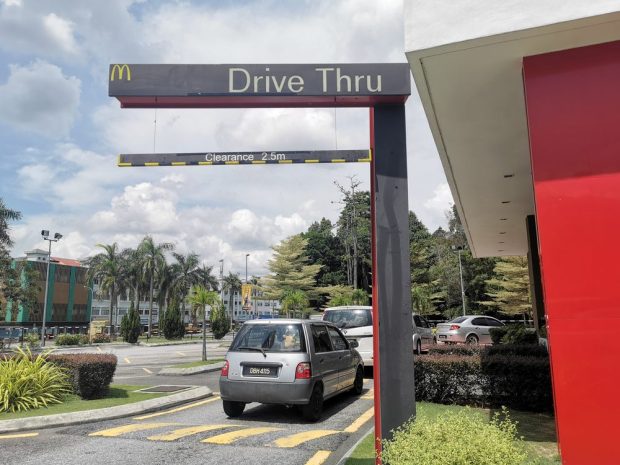Restaurant Price Anxiety Steers Consumers Toward QSRs

As consumers strain under rising restaurant inflation, many are switching from full-service to fast food.
Last month, for the first time throughout this period of rapid food inflation, year-over-year restaurant price increases were finally exceeding grocery inflation. This shift builds on consumers’ perception of restaurant inflation being worse than grocery even when restaurants were keeping price increases far lower than grocery.
In response to these pressures, consumers are looking to keep their dining spending down by shifting their restaurant spending toward quick-service restaurants (QSRs), PYMNTS data suggests.
Supplemental research from the December edition of PYMNTS’ Restaurant Digital Divide study, The 2022 Restaurant Digital Divide: Restaurant Customers React To Rising Costs, Declining Service, draws from a November survey of more than 2,300 consumers who regularly purchase food from restaurants, finds that more diners have been seeing price increases at full-service restaurants (FSRs) than QSRs — 70% and 62%, respectively.
Moreover, findings included in the report note that many diners have been increasingly opting for lower-priced restaurants in this inflationary period. Twenty-two percent of those with an annual income of less than $50K, 15% of those earning between $50K and $100K, and 11% making more than $100K per year have made this shift.
“More than ever, customers are value-conscious, and it’s on us to narrow in on what our fans want and need,” Taco Bell’s global chief brand officer, Sean Tresvant, told PYMNTS in an interview.
Indeed, QSRs are the go-to for consumers who are most motivated by price. Additional supplemental findings from the study revealed that 12% of QSR customers cited price as the top factor motivating their choice of where to purchase. In contrast, roughly half that — 7% — of FSR restaurant customers said the same.
Additionally, deals and discounts have been key to ensuring consumer loyalty through this inflationary period. QSRs have been better able to take advantage of this increased demand for special offers, according to data from PYMNTS’ March study Connected Dining: Consumers Like the Taste of Discount Meals, which draws from a survey of more than 1,800 U.S. consumers in February.
The results reveal that inflation is taking a toll on brands’ customer relationships. In fact, only 42% of the population is willing to pay full price to eat at restaurants they used to call their go-to spots. As such, rewards programs have been key, and while 49% of those surveyed have been participating in such programs at QSRs, only 34% said the same of FSRs. Moreover, while participation in QSR loyalty programs increased 15% in the last year, FSR patrons only increased their participation in rewards programs by a modest amount.
Moreover, consumers are looking for ways to avoid the expectation to tip (such as switching from ordering delivery to pickup), and many do not feel the same pressure at QSRs that they do at FSRs. For instance, research from PYMNTS’ “Connected Dining: Inflationary Pressure Squeezes Restaurant Tips” reveals that only 53% of consumers left a tip with their last QSR purchase, while a whopping 97% did so with their most recent FSR meal.

